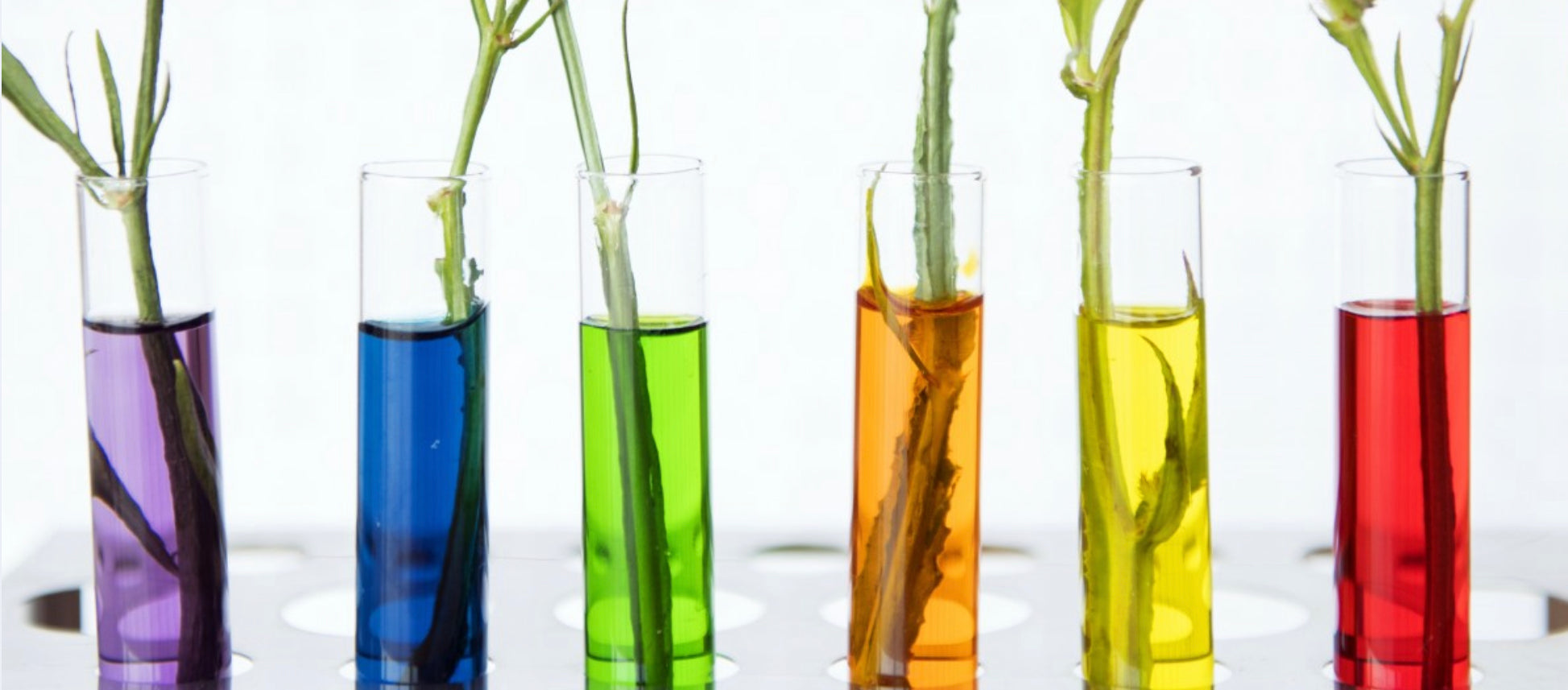How to Clone a Pepper Plant - A Step-by-Step Guide
Easy Instructions on How to Clone a Pepper Plant
Cloning plants is a great way to propagate them. When you clone plants, you preserve their genetics, so if you have had a particularly successful harvest, or if you have a highly disease-resistant plant, then propagating that plant is a great idea. Whereas if you grow new plants from seeds from your plants’ vegetables or fruit, this leads to genetic variation, and there’s no guarantee the next generation of plants will have the same desired traits. In this article, we’ll cover everything you need to know about cloning pepper plants.
One thing to keep in mind when cloning plants is that you should only take cuttings from healthy strong plants. Also, you should take a few more cuttings than required because sometimes not all of the cuttings survive. Pepper cuttings can take 6–8 weeks to root, so you’ll need to be patient. You’ll need to check on them regularly and change the water as needed. Ideally, you should take pepper cuttings in early summer when the plants are growing rapidly—the cuttings will root more quickly then. However, pepper cuttings will root at any time of the year. With that said, let’s take a closer look at how to clone a pepper plant.

How to Clone a Pepper Plant
Equipment Needed for Creating Cuttings
- Razor blade or scissors
- Opaque cup
- pH balanced, distilled water, or filtered drinking water
- Rooting hormone (I find gel or liquid to be more effective than powder)
- A small plastic cup for rooting hormone
- Water spray bottle
- Rubbing alcohol
Instructions
- Fill an opaque cup halfway with filtered drinking water. You can also use distilled or pH balanced water.
- Choose a healthy parent plant to take cuttings from. Don’t take cuttings from diseased or wilting plants. The parent plant should have good, green growth and be large enough to take cuttings from.
- Find a branch that is actively growing with 8–12 inches (20–30 cm) of newest growth. Look towards the top of the plant for a branch that is still soft and green. Avoid older woody and stiff branches.
- Sterilize your razor blade or scissors with rubbing alcohol and make a clean cut just below a node. Leave 2–3 nodes on the branch above the cut. Make sure to make the cut at an angle—this will help allow the cutting to root faster.
- Remove any flowers and fruits and leave only 3–5 leaves per cutting to help them direct their energy towards producing roots.
- Now you need to dip the cutting into the rooting hormone. I find gel or liquid rooting hormone to be more effective than powder. This step is optional, but rooting hormone can help promote root growth, and I would recommend doing it. Dip the node end of the cutting into the rooting hormone. Tap off any excess hormone—too much can hinder the chances for successful rooting.
- Put the cutting into the opaque cup with water and make sure at least one node is submerged.
- Keep the cuttings in a bright room with indirect sunlight. Pepper cuttings don’t need too much sunlight or powerful grow lights because this can cause more leafy growth or even burn the leaves.
- For the first few days, look for any wilting leaves. If there are too many wilting leaves on the cuttings, they can become stressed. You can remove a few more leaves if that’s the case, but don’t remove all the foliage.
- The cuttings will drink water and some of it will evaporate, so you’ll need to replace it every week or as required. If you just top it off, this can cause algae and mold, so make sure to replace the water.
- After a month, cuttings should develop small roots. Allow them to grow to at least 1–2 inches (2.5–5 cm) before moving them to a growing medium and putting them into your hydroponic system. Pepper cuttings usually take 6–8 weeks to develop roots.

By Max Barnes
Max Barnes is a long-time homesteader and author. Max grows the majority of his own food year-round using a variety of different methods, including hydroponics. Hydroponic gardening plays a huge part in his homestead and self-sufficiency goals.




